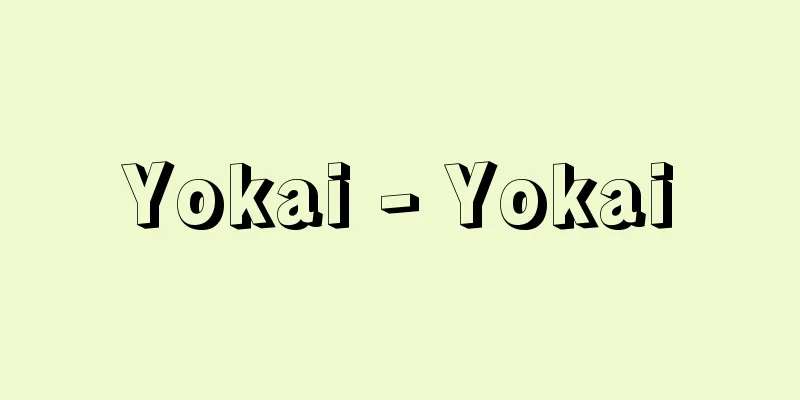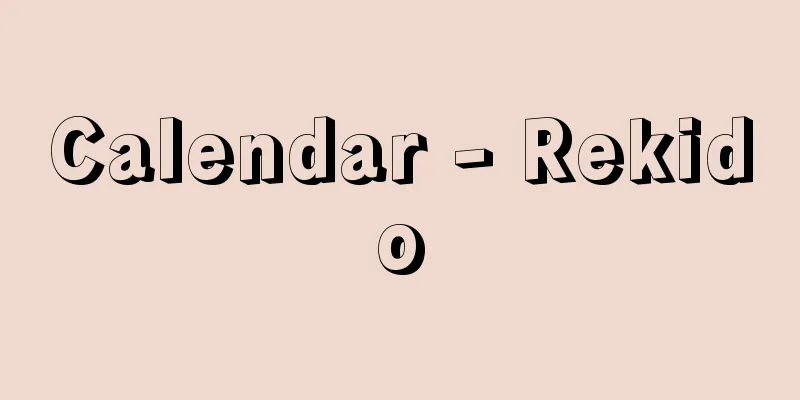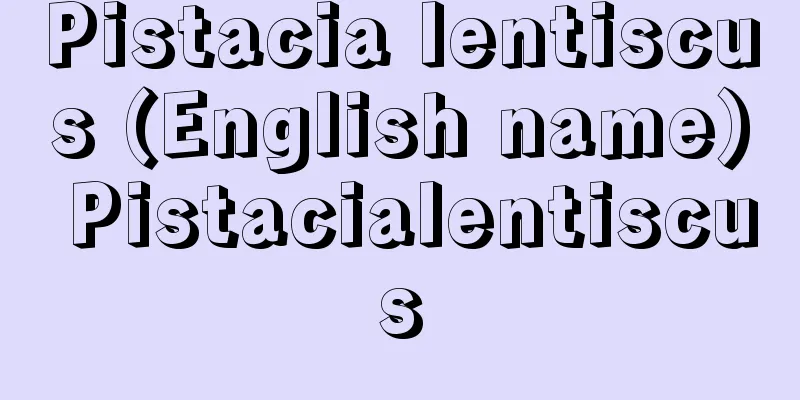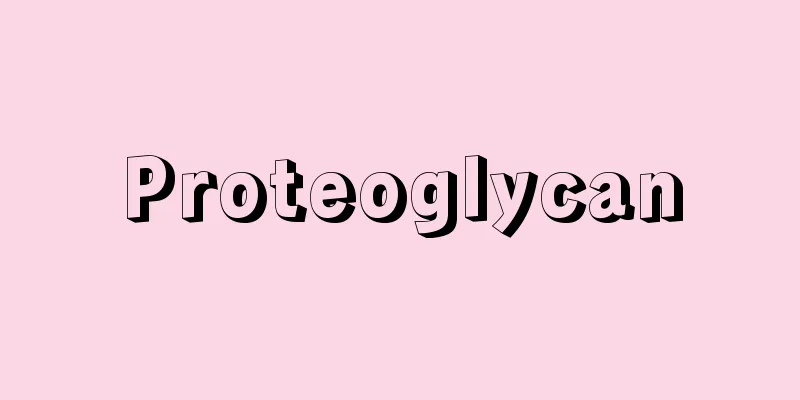Yokai - Yokai

|
It refers to monsters and transformations, as well as strange phenomena beyond human comprehension, such as "monono" (ghosts). Many yokai are said to be divine spirits that were the object of sincere worship, but have fallen into ruin, leaving only the feeling of awe. A characteristic of yokai is that they generally appear at fixed times and places. They are said to appear at the boundary between day and night, during the twilight hours known as twilight or the hour of the demon. Many of the monsters can be categorized by the places where they appear. Among the "road monsters" that appear at places such as road crossings are the Nyudo-bozu, Miage-nyudo, and Mikoshi-nyudo. When these appear, it is said that if you look up, they will become higher, so you should look down instead. There are also the Nobusuma, which stands in front of you like a wall, and the Nozuchi, which is shaped like a short mallet and rolls around, that appear by the roadside and frighten people. Among the "mountain monsters" that appear in the mountains are the Tengu, Yamauba, and Hitotsume-kozo, and the most famous "water monster" is the Kappa. They have a plate on top of their head, and when the water stored in it dries up, they lose their strength. They have the appearance of a child, enjoy sumo wrestling, and there are many stories of them pulling horses into the water. Among the "sea monsters" are the Funa-yurei and Umi-bozu. Funayurei are the ghosts of those who have been lost at sea, and Umibozu are thought to be the same, and like Mikoshi Nyudo, they are said to grow endlessly larger when you look up at them. Other sea monsters include Iso Tengu and Iso Onago. One type of "snow monster" is Yuki Onna, who is widely known in snowy regions. She is said to appear on snowy nights, especially during New Year's, accompanied by many young children. There is also a "house monster" called Zashiki Warashi, which appears not only outdoors but also inside houses. It has the appearance of a child with a red face, and is said to appear in the middle of the night, pinning down the bedding of the sleeping person, and sometimes leaving footprints in the hallway. It is said that if this monster disappears, the family's fortunes will decline, and if one moves in from another family, the family will suddenly become wealthy. They are said to be found in large numbers in the inner rooms of houses, but they can also be found in storehouses, so they are also known as Kurabokko. There are also fire-related supernatural beings known as "fire monsters" in various regions. It is said that fox fires and fox torches appear as omens when good things are to happen in the village. Similar to this are the fox processions and fox weddings. There are also heavenly fires and flying objects that are said to be shining objects like human spirits, which are said to cause fires when they fall on rooftops and make people sick when they enter a house. Sound-related "sound monsters" include tengu-taoshi and soraki-gaeshi, which are said to be the work of tengu, and in which the sound of trees being chopped down is heard, but when you wake up the next morning, nothing has happened. Other examples include the "azuki togi hag" (old woman who grinds red beans) and the "kome togi hag," which refer to the sounds of beans and rice being ground that can be heard from under bridges and elsewhere, and are also said to be the work of badger dogs. Other types of yokai include "tree monsters" such as Mokushinbou and "animal monsters" such as Nekomata, and there are many types and names for them. There are three types of children's dialects that mean "youkai." The first type is the "mo" type, mainly used in eastern Japan, such as moo moo, mokko, and momonga. The second type is the "ga" type, mainly used in western Japan, such as gango and gago. The third type is a combination of the above two, such as gamo and gagamo. All of these names are thought to have come from the belief that the youkai would appear when they said "kamou zo" (bite). [Oto Tokihiko] "Talk of Monsters" by Kunio Yanagita (Kodansha Academic Library)" ▽ "Folklore of Monsters" by Noboru Miyata (1985, Iwanami Shoten)" ▽ "Encyclopedia of Monsters" by Shigeru Mizuki (1981, Tokyodo Publishing)" ▽ "Monster Stories" by Hiroshi Aramata and Kazuhiko Komatsu (1987, Kousakusha) Source: Shogakukan Encyclopedia Nipponica About Encyclopedia Nipponica Information | Legend |
|
化物(ばけもの)、変化(へんげ)のことで、「物の怪(け)」など人の理解を超えた怪異現象をもいう。妖怪の多くは、まじめな信仰の対象であった神霊が零落して、その畏怖(いふ)の念だけが残ったものといわれている。妖怪の特徴は、出現の時と場所がおおむね決まっていることである。出現は、昼夜の境目、いわゆるたそがれ(誰そ彼)時、逢魔(おうま)が時といわれる薄暮の時刻とされる。 妖怪の多くは、出現する場所によって類別できる。道の四つ辻(つじ)などに出る「道の怪」には、入道坊主、見上げ入道、見越し入道といわれるものがあり、これが出たときは、見上げるとますます高くなるので見下ろせばよいという。また、前面に壁のように立ちふさがる野衾(のぶすま)、短い槌(つち)のような形をして転がってくる野槌(のづち)などが路辺に出没して人を驚かす。山中に出る「山の怪」には天狗(てんぐ)、山姥(やまうば)、一つ目小僧などがあり、「水の怪」では河童(かっぱ)がもっとも有名である。頭の頂に皿をもち、それにたたえた水が涸(か)れると力を失うのを特徴とする。童形で相撲(すもう)を好み、馬を水中に引き込む話が多くある。「海の怪」には船(ふな)幽霊、海坊主がある。船幽霊は水難者の亡霊であり、海坊主も同様のものとみられ、見越し入道と同じく見上げるとどこまでも大きくなるという。海の妖怪にはそのほか磯(いそ)天狗、磯女(いそおなご)などがある。「雪の怪」には雪女があり、雪国地方で広く伝えられている。雪の夜、とくに正月に多くの童児を連れて現れるともいう。また屋外だけでなく、家の中に出る「家の怪」では座敷童子(ざしきわらし)という妖怪がいる。童形で赤ら顔、夜中に出てきて寝ている人の夜具の上から押さえ付け、廊下に足跡のついていることもあるという。これがいなくなると家運は衰えるといい、他家から移ってくると、その家は急に豊かになるといわれている。奥座敷に多くいるというが、蔵の中にもいるので、クラボッコの名がある。 火に関する妖怪「火の怪」も各地で伝えられている。狐火(きつねび)、狐松明(たいまつ)は村内によいことがあるとき前兆として現れるという。狐の行列、狐の嫁入りというのもこれに類似している。天火(てんぴ)、飛び物という人魂(ひとだま)のような光り物もあり、これが屋上に落ちると火事になり、屋内に入ると人が病気になるという。音響についての「音の怪」では、天狗の所行とされる天狗倒し、空木(そらき)返しがあり、木を切り倒す音がするが翌朝見ると何事もないという。ほかに小豆(あずき)とぎ婆(ばあ)さん、米とぎ婆さんなど小豆や米をとぐ音が橋の下などから聞こえてくるものをいい、狢(むじな)のしわざともいう。妖怪はほかに、木心坊(もくしんぼう)などの「木の怪」、猫又(ねこまた)などの「動物の怪」があげられ種類、名辞は多い。 妖怪を意味する児童語方言には三通りのものがある。第一にモーモー、モッコ、モモンガーなど主として東日本の「モ」系。第二にガンゴ、ガゴーなどという主として西日本の「ガ」系。第三に以上の二つをあわせてガモ、ガガモなどというものである。これらはいずれも妖怪が「咬(か)もうぞ」といって出現するものと信じたことからきた名称と考えられている。 [大藤時彦] 『柳田国男著『妖怪談義』(講談社学術文庫)』▽『宮田登著『妖怪の民俗学』(1985・岩波書店)』▽『水木しげる著『妖怪事典』(1981・東京堂出版)』▽『荒俣宏・小松和彦著『妖怪草紙』(1987・工作舎)』 出典 小学館 日本大百科全書(ニッポニカ)日本大百科全書(ニッポニカ)について 情報 | 凡例 |
>>: Ammonium iodide (ammonium iodide)
Recommend
Daisenji Temple
A Tendai sect temple in Daisen Town, Tottori Prefe...
Ibrahim Almawshiri - Ibrahim Almawshiri
…Abbasid musician and musicologist. Son of the Pe...
La Madeleine (English spelling)
A Paleolithic site in the Dordogne department in s...
Fatḥ (English spelling)
…However, the great Arab defeat in the June 1967 ...
Yongle coins
A Chinese currency, Yongle Tongbao. A copper coin...
Freed slaves - Kaihodorei
...There are academic and cultural facilities, ce...
Afish - Afish
…A type of outdoor advertising. In French it is c...
Horned Owl (Mizuku) - Owl
Among birds of the order Strigiformes, those with ...
Slimy
Many foods contain slimy substances, including ve...
Embu - Embu
...A group of nomadic fishermen who lived along t...
Oda and Toyotomi period
…It refers to the approximately 30 years from 156...
Fire - Anka
A portable heater used to warm the hands and feet...
Walker, D.
…Many of the free blacks who were active in the a...
Sansom, Sir George Bailey
Born: November 28, 1883, London [Died] March 8, 19...
Yuzu-nembutsu Engi Emaki - Yuzu-nembutsu Engi Emaki
This is a picture scroll depicting the achievement...




![Maruko [town] - Maruko](/upload/images/67ccebd644dcb.webp)




